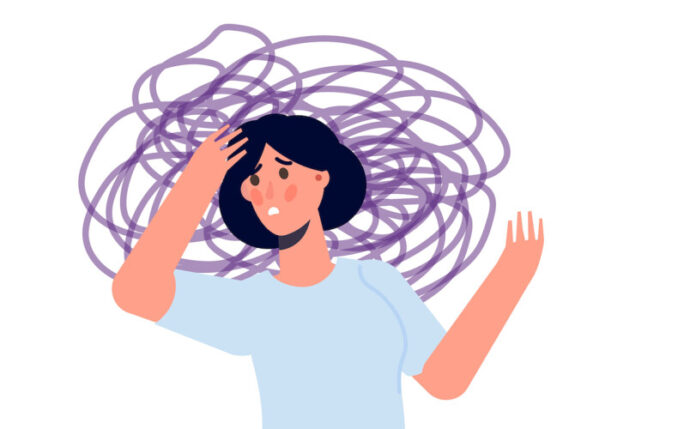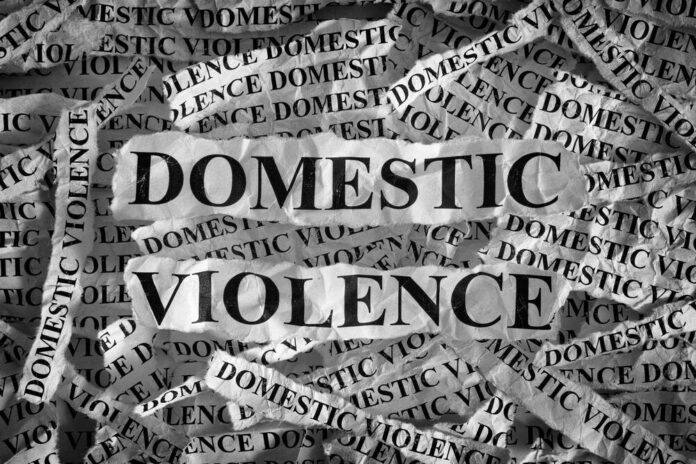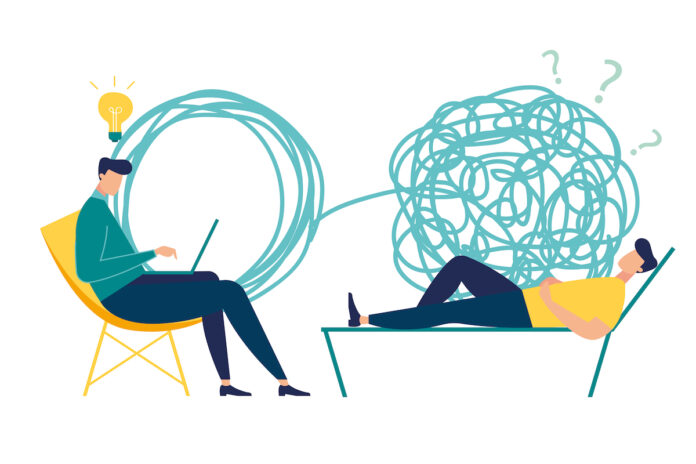Anger Management Therapy
Anger is a normal emotion. When handled correctly, it can be productive and healthy. However, if anger gets out of control to the point where it harms your self and others, it’s the right time to change your ways. 1 Management of anger is an array of techniques that allow you to manage and communicate anger in a healthy manner.
Find out the basics about counseling for anger and the reasons it’s so important.
What Is Anger Management?
People utilize a variety of unconscious and conscious methods to deal with their anger. Common approaches include:1
- Expressing
- Suppressing
- Calming
Although anger is normal and healthy however, the way we react to it has a major impact. Management of anger requires reacting to anger in positive and constructive ways. Individuals who have difficulty managing their anger reactions may require assistance from a professional to learn how to manage their anger.
How It Works
Anger management therapy assists a person to gain an understanding of what triggers their anger and recognize their anger reactions. By engaging in certain exercises, the individual learns how to deal with their anger efficient and healthy methods.
The majority of anger treatment programs are designed at modifying: 3
- Arousal of the physiology
- Cognitive processes
- Social interactions and behavior
Types
Psychotherapists employ three techniques for treatment of anger: 4
- Relaxation Learn to relax the body
- The cognitive therapy learning healthy ways to think
- Skill development: Learning new behaviors
Cognitive Behavioral Therapy (CBT)
The cognitive behavior therapy (CBT) can be described as the most commonly used, effective treatment for managing anger.
CBT for anger targets thoughts patterns and behavior that are that are associated with anger management issues. Once these patterns are recognized then they can be addressed in time with more practical, productive ways of anger. 5
The responses are achieved by exercises like changing the way you think about a problem and the way you deal with it. CBT is able to identify anger-related cues as well as triggers, and apply practices and strategies to prevent the intensity of anger from increasing. 6
Different variations of CBT can be employed, for example:
- Mindfulness-based cognitive therapy (MBCT): It combines the cognitive therapy, meditation and mindfulness. 7
- Rational emotional behaviour therapy (REBT) A method that is action-oriented, it tackles irrational beliefs and teaches the ability to control thoughts, emotions and behavior more effectively and healthier ways. 5
Who Needs It?
Anyone could benefit from learning efficient methods for controlling anger, but anger management techniques can be particularly beneficial for those under certain conditions.
Working People
Every job is stressful-inducing However, certain jobs may make managing anger particularly important.
Nursing, for instance, has been proven to be a trigger for numerous factors that cause anger reactions. 2
Drivers
The act of expressing anger (such as making violent hands) has been found to increase risk for safety when driving. Implementing anger management strategies in driver education classes can aid in making the roads more secure. 8
People Who Are or Are at Risk of Being Incarcerated
Studies have demonstrated that anger management is effective in reducing the chance of reoffending. This is especially true for violent repeat offenders.
A meta-analysis conducted in 2015 explored the effectiveness of CBT-based management strategies among men of adult age who were in jail. Following treatment the probability of reoffending decreased by decrease of 42%, whereas violent reoffending saw an increase of 56. 9
People With Substance Use Disorder and Other Mental Health Conditions
Anger and aggression can be linked with the use of substances. A lack of control over anger and aggression could be a major obstacle to treatment for addiction. 10
Anger management issues are often related to and aggravate many other mental health disorders.
Athletes
It’s generally believed that anger “fuels” athletes, there evidence that suggests anger can be dysfunctional when not handled properly especially when it comes to sports that require a lot of concentration and fine-tuned motor abilities.
Studies suggest that CBT programs can aid athletes learn to manage the anger reaction. 3
Children and Adolescents
Children and teens who have issues with managing anger are at likelihood of experiencing difficulties at social and academic settings. If this persists into the teen years and into the age of adulthood, they could be susceptible to issues in employment as well as legal issues. 11
The teaching of anger management skills for children and teens lowers the risks and negative consequences associated with anger-related issues. The training should be started before children and adolescents begin to begin to internalize harmful behaviors is advantageous. 5
CBT in conjunction with mindfulness techniques, facilitated by certified CBT practitioners has been proven to be effective in managing anger among youngsters. 7
Benefits
Insufficient anger management can be linked to a variety of negative consequences for health, mental as well as social health which include cardiovascular illnesses depression, self-esteem issues, and interpersonal issues. 2
Anger management is an essential an important aspect of maintaining general health for all.
Techniques
There are many ways to develop anger management skills in addition to formal therapy. If receiving an accredited treatment program for anger management You will be encouraged to develop skills outside of classes.
Relaxation
The relaxation techniques are able to be practiced when required and frequently as part of your routine. Tools might include:1
- Deep breath
- Relaxing images
- Yoga
- Meditation and exercises for mindfulness
Cognitive Restructuring
Cognitive restructuring is the process of changing your way of thinking about situations, avoiding the dramatic or exaggerated thinking that is often associated from anger and attempting to be more rational and sensible, even when you feel justified in your anger. 1
Exercise
Exercise is good for your physical as well as mental health. It’s also been proven to have positive effects on stress reduction and anger management. 2
Realistic Problem-Solving
Instead of feeling angry Instead of resolving your problem by:
- Assessing the issue
- Then, you can determine your options to respond
- Consider the possible consequences of every possible solution
It’s important to understand that there will be problems with no optimal solution, or might be beyond your control. In these situations be aware of the things can you can manage in the current circumstances, and which actions will make you feel most confident about yourself in the end of the course of.
If your efforts to find a solution do not work initially Be gentle with yourself. Try to be patient, work on the techniques for managing your anger, and stay clear of all-or-nothing thinking. 1
Thought Stopping
If you are feeling anger rising, you can respond with commands to stop the cycle of thoughts that are angry before the anger gets out of control. 6
Communication and Clarification
When you experience anger be aware, calm, and consider where the anger originates. Sometimes, anger is an excuse to hide other emotions, such as anxiety and anxiousness. Speaking about your feelings with your friends or family members, or even in front of yourself could help.
Slow down, stop, and consider your response when heated debates take place. Pay attention to the person you are talking to and consider carefully what you intend to say prior to responding. 1
You can try using your Conflict Resolution Model: 6.
- Find out the cause
- Find the emotions that are that are triggered by the conflict. Identify the emotions that are associated with the
- The impact of the issue
- Decide if you’d like to end the dispute
- Try to resolve the conflict, and consider the possibility of a compromise
Humor
It’s not always easy to recognize the humor in even challenging ones, can remove the fire from anger.
“Time Out”
“Time outs” aren’t just for kids. They could be a means to allow you to take some time to unwind and reduce your anger. 12
“Time out” could mean “time out” could include:
- Take the situation off your plate.
- Count to 10
- Use calming words to soothe yourself.
- Breathe deeply.
- Switch to a more pleasant idea
- Bring yourself back into focus
It may also be beneficial to set aside regular personal time during times of your day that are likely to be difficult, for instance taking those first fifteen minutes when your return from work as a completely uninterrupted “me time. ” 1
Avoiding Triggers
You should identify the things that are likely to make you angry, and work to stay clear of these triggers.
For instance, if you find yourself getting annoyed by something in the evening you can try it at a different time of the day. If your child’s messy space upsets you, lock the door. When driving for work turns you off, think about getting a train or bus. 1








